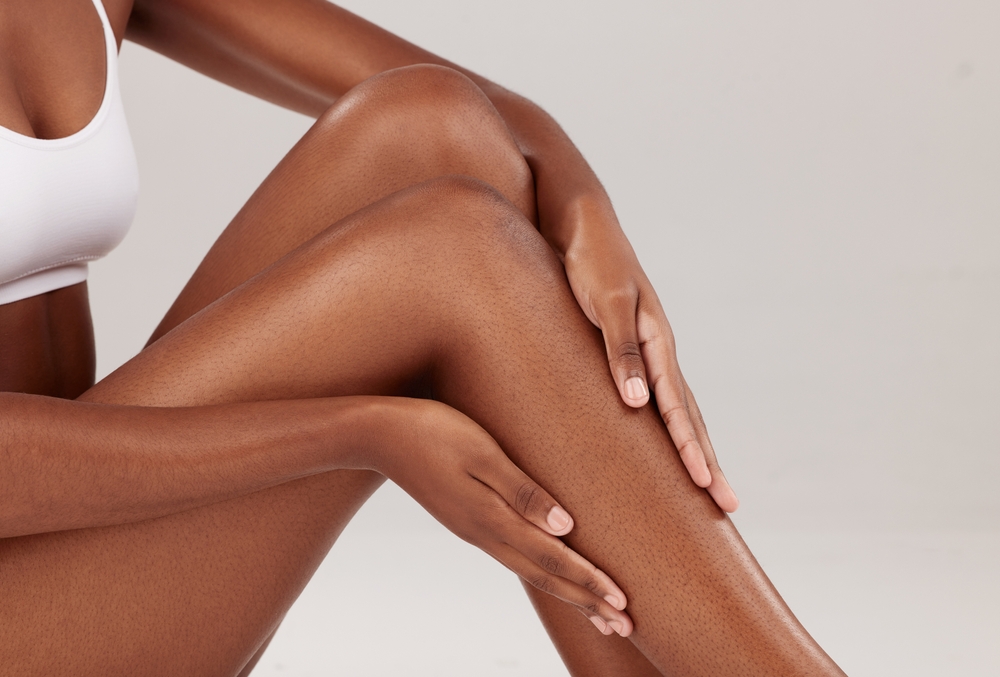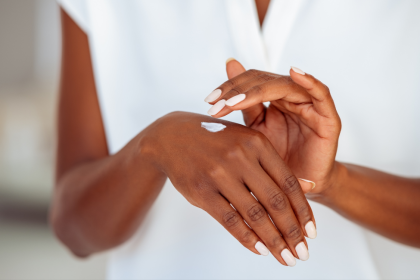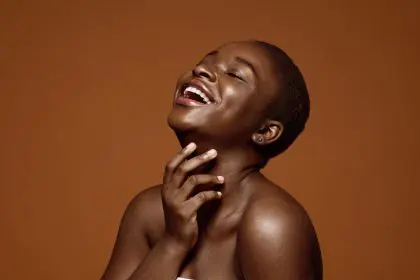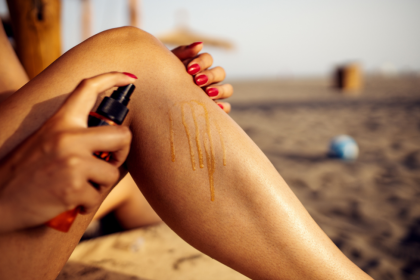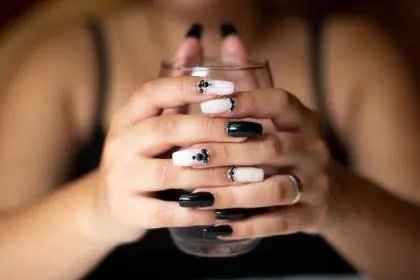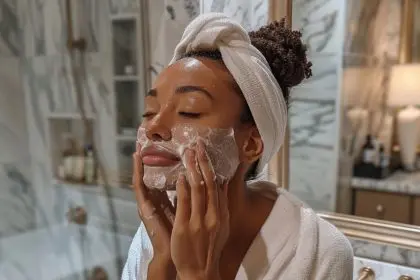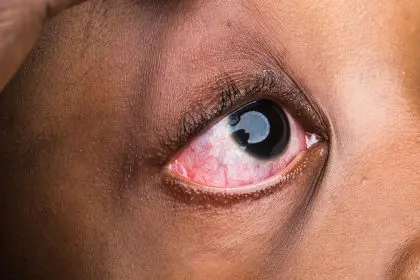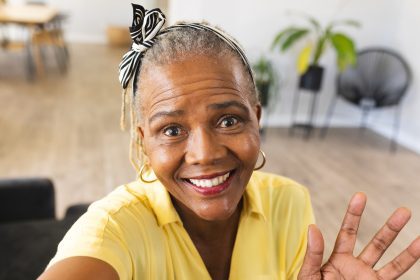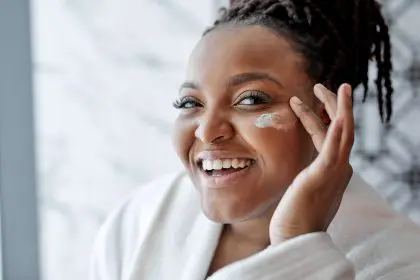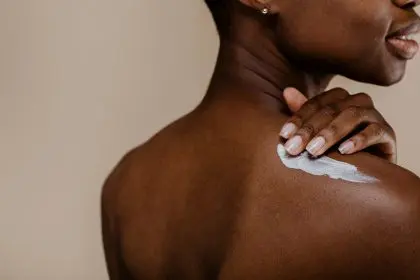That luxurious cream in the gorgeous jar with the hefty price tag might actually be working wonders on your skin – but not for the reasons you think. While the beauty industry pours billions into developing active ingredients and proprietary complexes, there’s a powerful force at work in every beauty routine that rarely gets mentioned on the packaging – the placebo effect.
This isn’t about being tricked or duped. The placebo effect is a fascinating demonstration of your mind’s genuine ability to create real, measurable changes in your body. And in the world of beauty treatments, this mind-body connection might be doing more heavy lifting than many of the ingredients you’re paying premium prices for.
When expectations transform what you see in the mirror
Your brain doesn’t passively receive information from your senses – it actively shapes your perception based on what you expect to see. This fundamental truth of neuroscience plays out dramatically in how we evaluate beauty treatments.
When you invest in an expensive serum that promises to reduce fine lines, you begin looking at your face differently. You scrutinize your skin with the expectation of improvement, which makes you more likely to notice positive changes that might have gone undetected otherwise. Your brain becomes primed to spot evidence that confirms your expectations.
This isn’t just wishful thinking – it’s how your visual processing system actually functions. Your brain uses expectations as shortcuts to make sense of the overwhelming amount of visual information it receives. When you expect to see smoother skin, your perceptual system gives more weight to evidence supporting that belief and less attention to contradicting information.
In beauty studies, researchers have observed this phenomenon consistently. Participants shown fake “before and after” photos suggesting a product works tend to report significantly better results than those using the exact same product without the visual suggestion of improvement. Their perception literally changes based on what they expect to see.
The luxury effect creates real physiological responses
The context surrounding a beauty treatment – the packaging, price, brand prestige, and application experience – triggers powerful physiological responses that can enhance the actual benefits you receive.
When you apply a cream from a luxurious heavy glass jar with gold detailing that cost half your paycheck, your brain registers this as a significant event. This perception activates reward pathways, releasing feel-good neurotransmitters like dopamine. These chemical changes don’t just make you feel better momentarily – they can trigger beneficial stress reduction and even anti-inflammatory responses in your skin.
The ritual aspect of premium beauty treatments amplifies this effect. The sensory experience – the weight of the jar in your hand, the satisfying sound of the lid twisting off, the delicate scent, the cooling sensation on your skin – creates a multisensory experience that heightens your brain’s response. This elevated neural activity can increase blood flow to your skin and potentially enhance product absorption.
Researchers have demonstrated this “luxury placebo effect” by giving participants identical creams in different packaging. Those who believed they were using the premium version consistently showed better skin hydration and even reduced skin roughness compared to those using the “budget” version – despite the formulations being identical.
The power of touch activates healing mechanisms
Many beauty treatments involve touch – whether from your own hands applying products or from an esthetician performing a facial. This physical contact triggers physiological responses that directly benefit your skin, regardless of what product is being applied.
Touch stimulates pressure receptors under your skin, which send signals to your brain that reduce cortisol levels and increase serotonin production. Cortisol is a stress hormone that can worsen skin conditions like acne and eczema, while serotonin promotes a sense of wellbeing and can indirectly benefit skin health.
The lymphatic drainage that happens during facial massage helps remove waste products and reduce fluid retention, temporarily defining facial contours. The increased circulation brings more oxygen and nutrients to skin cells, creating a visible glow that gets attributed to whatever product is being used.
When you receive a professional treatment, the dedicated time for self-care and the attention from the practitioner creates a profound relaxation response. This parasympathetic nervous system activation allows your body to divert resources to repair and regeneration functions, potentially accelerating skin renewal.
Stress reduction creates visible beauty benefits
Perhaps the most powerful aspect of the beauty placebo effect is its ability to temporarily interrupt stress cycles that are detrimental to your appearance. The belief that you’re doing something beneficial for your skin, combined with the ritual of beauty routines, creates a mental break from everyday stressors.
Chronic stress accelerates skin aging through multiple pathways – increasing inflammation, breaking down collagen, impairing barrier function, and delaying wound healing. Any activity that reduces your stress, even temporarily, can have visible benefits for your skin.
When you carve out time for a beauty ritual that you believe in, your body responds by lowering stress hormone production. Your blood pressure decreases, muscle tension releases, and inflammatory markers decline. These physiological changes create real, measurable improvements in your skin’s appearance.
This stress-reducing aspect of beauty rituals may explain why people often look refreshed and rejuvenated after spa treatments, regardless of which specific products were used. The temporary escape from stress, combined with the belief in the treatment’s efficacy, creates both immediate and cumulative benefits.
The nocebo effect can sabotage your beauty results
Just as the placebo effect can enhance beauty results, its negative counterpart – the nocebo effect – can undermine them. When you believe a product will cause irritation, breakouts, or poor results, your body often manifests those expectations.
If you’ve read negative reviews about a product causing breakouts, you’re more likely to experience increased sebum production and inflammation when using it, even if the formula is perfectly appropriate for your skin. Your anxiety triggers physiological responses that create the very conditions you fear.
Similarly, if you’re convinced that only expensive products can be effective, budget options might genuinely work less well for you – not because of their ingredients, but because your belief system triggers physiological responses that undermine their efficacy.
This nocebo response helps explain why identical formulations can produce dramatically different results for different users. Your expectations don’t just affect how you perceive results – they can actually change how your body responds to the ingredients.
How beauty marketing leverages your placebo response
Beauty companies understand the power of the placebo effect intuitively, if not explicitly. They design packaging, crafting origin stories, and creating application rituals specifically to enhance your expectation of results.
The language used in beauty marketing is deliberately chosen to activate specific beliefs. Terms like “clinically proven,” “patented technology,” and “exclusive complex” trigger associations with medical authority and scientific innovation, enhancing your expectation of efficacy.
Before and after photos, even when technically honest, prime your brain to expect similar dramatic results. These visual cues are particularly powerful because they bypass your analytical thinking and speak directly to your pattern-recognition systems.
Celebrity endorsements leverage the halo effect – your positive associations with the celebrity transfer to the product, increasing your expectation that it will deliver their level of beauty. This heightened expectation amplifies your placebo response when using the product.
Even the sensory characteristics of products – their texture, fragrance, and the sensation they create on application – are carefully engineered to reinforce efficacy beliefs. A slight tingling suggests active ingredients working, while a cooling sensation implies soothing benefits.
When ingredients and placebo work together
The most effective beauty products combine genuinely active ingredients with elements that maximize the placebo response. This isn’t deceptive – it’s smart formulation that works with your body’s natural healing capabilities.
Certain ingredients have substantial research supporting their efficacy – retinoids for stimulating collagen, vitamin C for brightening, hyaluronic acid for hydration. When these active ingredients are delivered in a formula and packaging that also triggers a strong placebo response, their benefits can be amplified.
The ritual of application matters tremendously for ingredient efficacy. When you believe in a product, you’re more likely to use it consistently and apply it correctly. The most powerful active ingredient is useless if it sits unused on your bathroom shelf.
Your relaxed mental state during application can also enhance ingredient absorption. Stress causes vasoconstriction – narrowing of blood vessels – which can impair the skin’s ability to utilize active ingredients. When a product triggers a positive, stress-reducing response, your skin becomes more receptive to beneficial ingredients.
Harnessing the placebo effect intentionally
Understanding the placebo effect doesn’t mean rejecting science-backed skincare or embracing pseudoscientific claims. Instead, it means consciously leveraging your mind-body connection alongside evidence-based ingredients for optimal results.
Creating beauty rituals that you genuinely enjoy and believe in amplifies whatever benefits your products offer. The time you take, the sensory experience you create, and the positive expectations you bring all contribute to both your perception of results and your skin’s physiological response.
Mindfulness during beauty routines enhances the placebo response. When you apply products with full attention – noticing scents, textures, and sensations rather than rushing through while mentally planning your day – you strengthen the neural pathways that can trigger beneficial physiological responses.
The stories you tell yourself about your beauty routine matter tremendously. Viewing your skincare as an act of self-care rather than a correction of flaws creates more positive expectations and reduces the stress-induced inflammation that accelerates aging.
Even budget-friendly products can deliver impressive results when used with positive expectation and consistent ritual. By consciously cultivating belief in your routine while choosing products with evidence-based ingredients, you can maximize both the physiological and psychological aspects of skin improvement.
The ethical question at the heart of beauty placebos
The beauty industry’s relationship with the placebo effect raises legitimate ethical questions. Is it right to charge premium prices for products whose benefits derive substantially from packaging, marketing, and consumer expectations rather than ingredient costs?
Some argue that this is fundamentally deceptive – selling the illusion of exclusivity and breakthrough technology when basic formulations would work similarly when accompanied by the same belief system. Others counter that if consumers experience real benefits and satisfaction, the source of those benefits is irrelevant.
A middle path recognizes that both perspectives have validity. Consumers deserve transparent information about ingredients and their evidence base. At the same time, the experiential aspects of beauty products – their sensory qualities, application rituals, and the emotions they evoke – create genuine value beyond their ingredient list.
Perhaps the most ethical approach is to acknowledge that beauty results come from this partnership between formulation and perception. By understanding how your expectations shape your experience, you can make more informed choices about where to invest in premium experiences and where simpler options might serve equally well.
Your mind isn’t just making up results when it comes to beauty treatments – it’s creating real physiological conditions that affect how your skin looks and feels. This remarkable power doesn’t replace good ingredients, but it works alongside them, potentially transforming good results into great ones through the fascinating connection between what you believe and what your body manifests.

